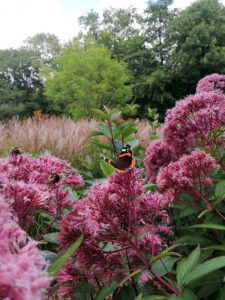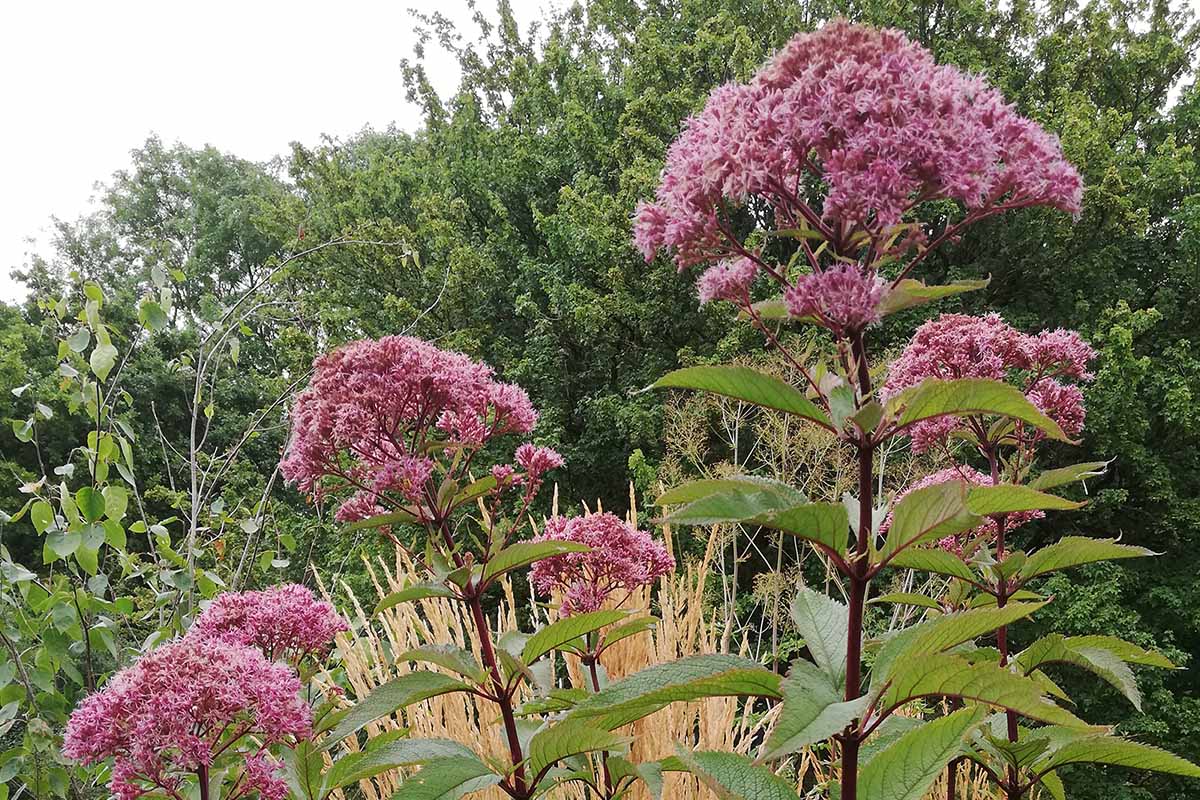Late summer and early autumn are the best times to plant. The soil is warm, weed pressure is less, there is more consistent rain that sinks deeper into the ground and the waning days force the plants to think about putting on root growth rather than flowering.
You can just about still get away with spring planting if you do it early enough and are prepared to irrigate, but the pattern that has emerged over the last 4-5 years is for dry spring and summers, with proper rains only coming later on. Spring plantings are possible with lots of attention and watering but the plants will inevitably be stressed and will not build up the deep healthy root systems, questing for ground water and nutrients that they would if planted in the autumn.

So this is one of the major changes I advise my clients to consider, viewing the September rains as really the beginning of the horticultural year in a way, planting with the weather and giving the plants the best chance to establish over the autumn and winter, to be ready for the spring and summer.
This way of gardening requires a shift in planting choices too. I am increasingly focused on tough, resilient plants that are beautiful and good for wildlife, and don’t need mollycoddling. Some traditional favourites will end up as mollusc fodder if made to sit through the winter as small plants. My advice is to give up on them.
If plants are continuously ravaged by slugs to the extent that they can’t grow without intervention then they are too much trouble. There are plenty of alternatives that are better choices. Some great options for resilient gardens are Nepetas, Eupatorium, Eryngium and Salvia but there is a world of possibility and I advise all my clients on the many options available to create the effect that they want to see.

